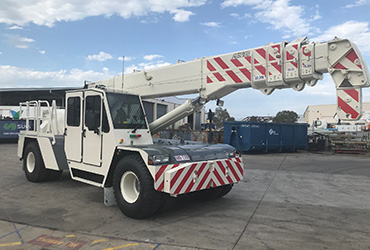Licence to operate a non-slewing mobile crane (greater than 3 tonnes capacity).
This course equips participants with the essential skills to safely operate a Non-Slewing Crane (CN).
Upon completion, the CN Non-Slewing Crane Licence (Franna Crane Ticket) / Non-Slewing Mobile Crane Course will enable you to operate a non-slewing mobile crane with a Maximum Rated Capacity (MRC) of more than 3 tonnes.
Participants who are successful in the completion of this CN Crane training course will be at an advantage to secure crane operator roles within the transport, construction, mining, oil and gas sectors.
Competence in this unit does not allow for driving an articulated mobile crane on a main or public road. To drive on a main or public road, a transport regulator must issue a valid heavy vehicle license.
A non-slewing mobile crane is a mobile crane with a boom or jib that cannot be slewed. It includes an articulated mobile crane and a locomotive crane but excludes vehicle tow trucks.


